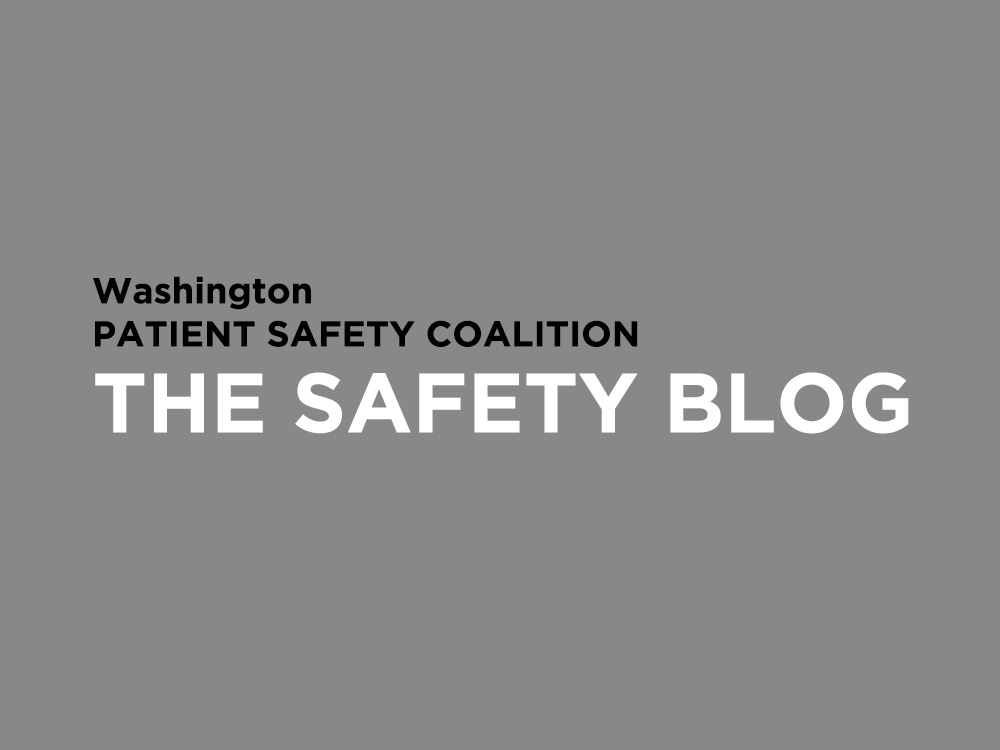- FHCQ Foundation for Health Care Quality
- COAP Care Outcomes Assessment Program
- Spine COAP Care Outcomes Assessment Program
- SCOAP Care Outcomes Assessment Program
- OBCOAP Care Outcomes Assessment Program
- CBDR
- Smooth Transitions
- WPSC Patient Safety Coalition
- Bree Collaborative Bree Collaborative
- Health Equity Health Equity
- Admin Simp
- Contact Us
My own near-miss

My own near-miss
[two_third]
On May 15, 2012 the Washington Patient Safety Coalition sponsored its tenth regional conference, and among the outstanding speakers and presentations was a unique session. Chris Jerry and Eric Cropp spoke together about a terrible event that occurred several years ago: Chris’ young daughter died as the result of a medication error for which Eric (as the supervising pharmacist) was held responsible. As a parent, I truly don’t know if I would have been able to reach out to and forgive Eric and to focus on improving safety. I like to think I could, but I’m not sure. Chris says that this is the best way he can honor his daughter: by working to see that this doesn’t happen to anyone else, whether they are patients or providers.
The presentation and ensuring discussion were very moving, insightful, and thought-provoking. Rather than try to summarize it, I’ll share a personal near miss, as I think it illustrates several of the issues related to error, blame, shame, systems failures, and more.
I was working my first job as a new graduate, on the night shift (11 p.m. – 7 a.m.) on a general medical floor. This was in 1982 or 1983, so a few of the details are hazy, but the important ones are very clear and sharp. One of my patients had a central line that needed flushing with urokinase. I entered the room late in my shift (about 5 or 6 a.m.) to flush the line. At that time it was a practice norm to keep small multidose vials of things like potassium and heparin at the bedside, to be drawn up on the spot. (This may be hard for younger practitioners to believe, but that was the norm at that time.) I picked up what I thought was the vial of urokinase and drew up the specified amount, cleaned the line, and prepared to inject it into my sleeping patient’s central line. For some reason I decided to take a second look at the vial I had just set down. It was not urokinase. It was potassium chloride. The vials were the same size and shape, with very similar labeling and color. Even now, 30 years later, I break out in a cold sweat and get nauseated when I think how very close I came to killing my patient with a direct injection of potassium chloride, and how thankful I am that something made me check again. I never told anyone at the hospital (let alone my patient) what I had done, or almost done. I was mortified, ashamed, and scared to death at what I had almost done – and there was no one to tell and no system for doing so. It didn’t occur to me to tell my supervisor or any coworkers.
Looking back, there were multiple red flags for many kinds of error to occur:
- New practitioner (perhaps a bit nervous, in a hurry, still trying to integrate all those skills)
- Night shift (sleep disturbance)
- End of shift (tired, trying to finish things up)
- Poor lighting (easy to confuse similar items; hesitant to turn on bright lights and thus disturb patient)
- Dangerous drugs readily at hand, with expectation that nurse will access appropriately
- Dangerous drugs in vials very similar to the intended medication
If there been a system in place at that hospital to report near-misses and safety concerns, this near-miss could have been avoided. Perhaps some other nurse at a later time did administer the wrong dose, because I didn’t let others know what had happened. I don’t know, but I hope it never did. While that is a truly terrible possibility, I am heartened by what I hear from my colleagues in our patient safety community about their system improvements.
The fact that I am still disturbed by this near-miss 30 years later also illustrates the importance of another patient safety aspect that’s in evolution: support for providers (often called the Second Victims) involved in incidents. I encourage all of us to continue to improve safety for our patients: removing single or multi-dose vials from the beside was an important step. Let’s also work on support for the Second Victims.
Thoughts? Share with me here. Miriam Marcus-Smith, Program Director, WPSC
[/two_third]
Recent Posts
- TakeCharge This Patient Safety Awareness Week: 5 Steps to Safer Healthcare
- Stigma & Bias in Healthcare: The Obstacles, Consequences and Changes Needed
- Agility in Crisis: How The Everett Clinic responded to COVID-19
- Collaboration over Competition: How Pediatric Hospitals Can Thrive When They Work Together
- Reducing Stress for Health Professionals During the COVID-19 Pandemic

